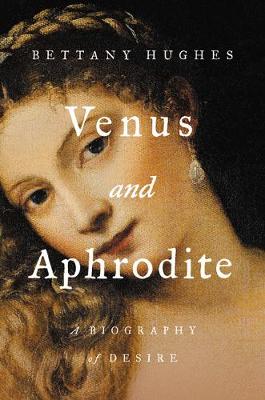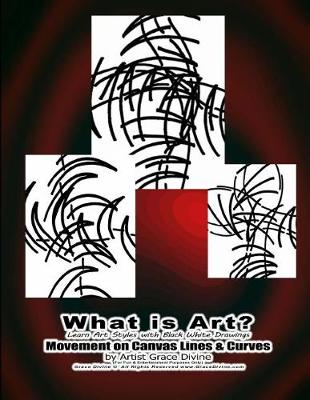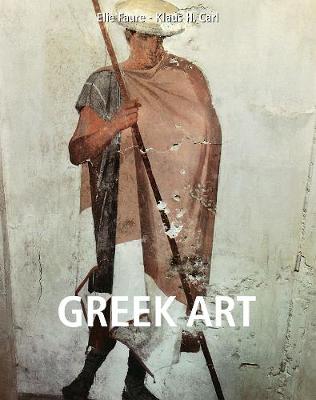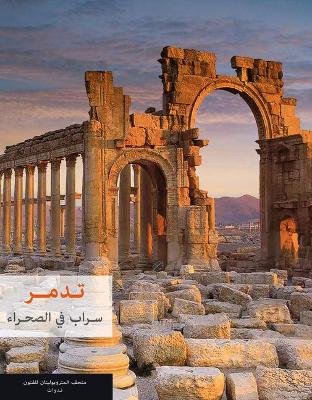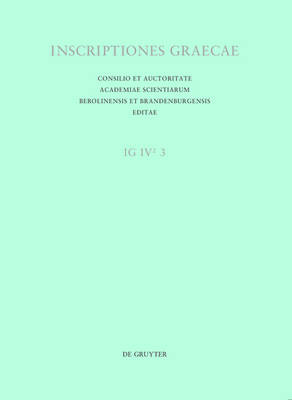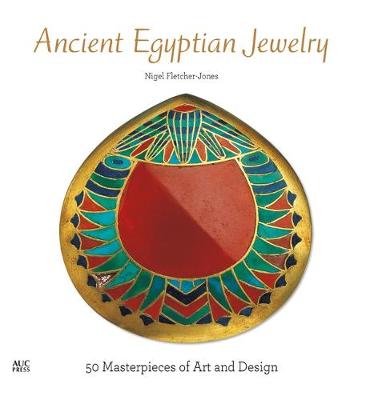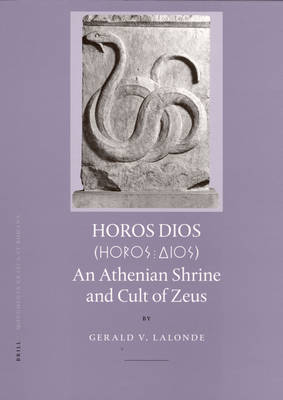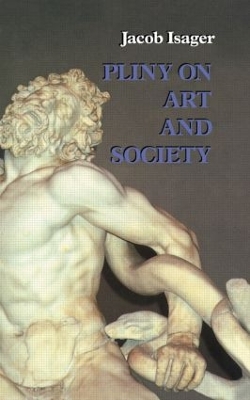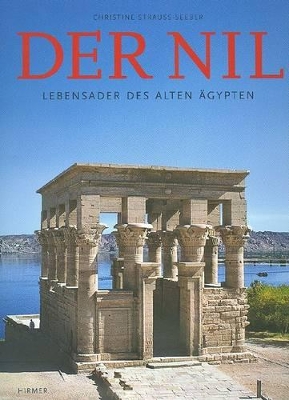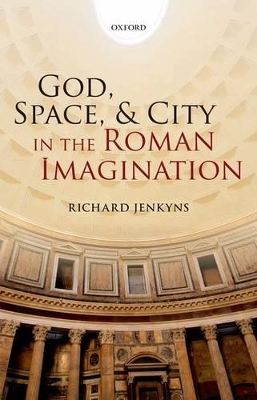Text (Roemische Tempel in Syrien, #1)
by Daniel Krencker and Willy Zschietzschmann
Through ancient art, evocative myth, exciting archaeological revelations and philosophical explorations Bettany Hughes shows why this immortal goddess endures through to the twenty-first century, and what her journey through time reveals about what matters to us as humans.Charting Venus's origins in powerful ancient deities, Bettany demonstrates that Venus is far more complex than first meets the eye. Beginning in Cyprus, the goddess's mythical birthplace, Bettany decodes Venus's relationship to...
What is Art? Learn Art Styles with Black White Drawings Movement on Canvas Lines & Curves by Artist Grace Divine
by Grace Divine
Johannes Overbecks Antike Schriftquellen zur Geschichte der bildenden Kunste bei den Griechen sind seit ihrem Erscheinen (Leipzig 1868) ein Standardwerk nicht nur fur alle Disziplinen der Altertumswissenschaft, sondern auch fur die Kunstgeschichte und affine Kulturwissenschaften. Die vollstandige Neubearbeitung in funf Banden geht uber eine Revision und Erweiterung der Zeugnisse weit hinaus und berucksichtigt neben den Ergebnissen der archaologischen Forschung seit Overbeck auch die Veranderung...
In this important and timely publication, top international scholars present current research and developments about the art, archaeology, and history of the ancient city of Palmyra, a UNESCO World Heritage site located in Syria. Palmyra became tragic headline news in 2015, when it was overtaken by the Islamic State of Iraq and the Levant (ISIS), which destroyed many of its monuments and artifacts. The essays in this book include new scholarship on Palmyra's origins and evolution as well as deve...
Die Zyprischen Terrakotten Aus Milet (Milesische Forschungen, #7)
by Jan-Marc Henke
Jewelry was worn by ancient Egyptians at every level of society and, like their modern descendants, they prized it for its aesthetic value, as a way to adorn and beautify the body. It was also a conspicuous signifier of wealth, status, and power. But jewelry in ancient Egypt served another fundamental purpose: its wearers saw it as a means to absorb positive magical and divine powers-to protect the living, and the dead, from the malignant forces of the unseen. The types of metals or stones used...
The so-called Peleus and Thetis Sarcophagus in the Villa Albani (Iconological Studies in Roman Art, #1)
Horos Dios draws on a wide variety of literary and archaeological evidence to argue that an Archaic horos inscription and other rock cuttings on the northeast slope of the Hill of the Nymphs in Athens are remnants of a shrine of Zeus Meilichios, a popular god of purification worshipped widely in Athens, Attica, and the greater Greek world.
Ueber Den Amazonen-Mythus in Der Antiken Plastik
by Maximilian Steiner
Pliny sketches a theory of advancing moral decline and extravagance, in the course of which he gives a detailed account of six centuries of classical art and a fascinating sketch of the world of the rich Roman collector. Isager's is the first full treatment of this subject for over a hundred years.
This interdisciplinary volume is a ‘one-stop location’ for the most up-to-date scholarship on Southern Levantine figurines in the Iron Age. The essays address terracotta figurines attested in the Southern Levant from the Iron Age through the Persian Period (1200–333 BCE). The volume deals with the iconography, typology, and find context of female, male, animal, and furniture figurines and discusses their production, appearance, and provenance, including their identification and religious functio...
Though images of women were ubiquitous in the Roman world, these were seldom intended to be taken simply at face value. The importance of marriage, motherhood and political stability was often conveyed to the Roman people through carefully constructed representations of the women of the ruling house. Mythological representations were used to present moral and political lessons to the women of Rome. Roman society was, on most levels, male dominated and women's roles were sometimes subordinate to...
God, Space, and City in the Roman Imagination is a unique exploration of the relationship between the ancient Romans' visual and literary cultures and their imagination. Drawing on a vast range of ancient sources, poetry and prose, texts, and material culture from all levels of Roman society, it analyses how the Romans used, conceptualized, viewed, and moved around their city. Jenkyns pays particular attention to the other inhabitants of Rome, the gods, and investigates how the Romans experien...
* 170 colour photographs, and 20 reconstructions * A story of Pompeii, the eyewitness account of Pliny in AD 70 * Eruption of Vesuvius and the devastation caused, and the incredible preservation of the City, and the lava & ash. * A guide for the tourist to view the dwellings, paintings, roads, and buildings as a time capsule.


